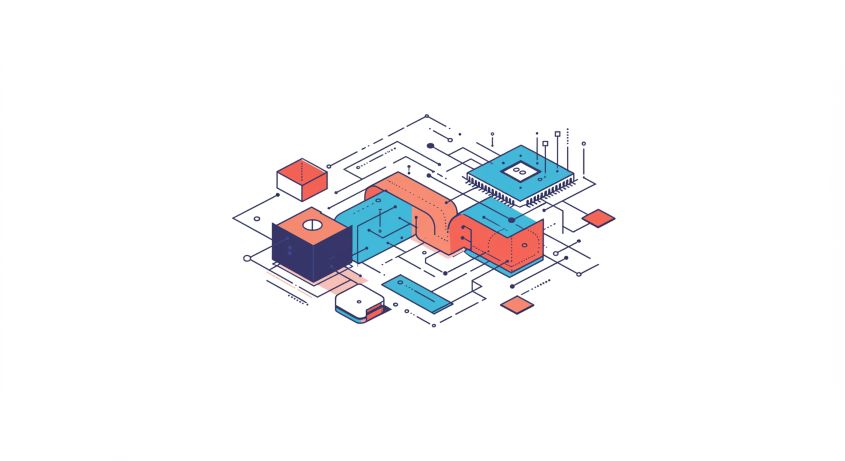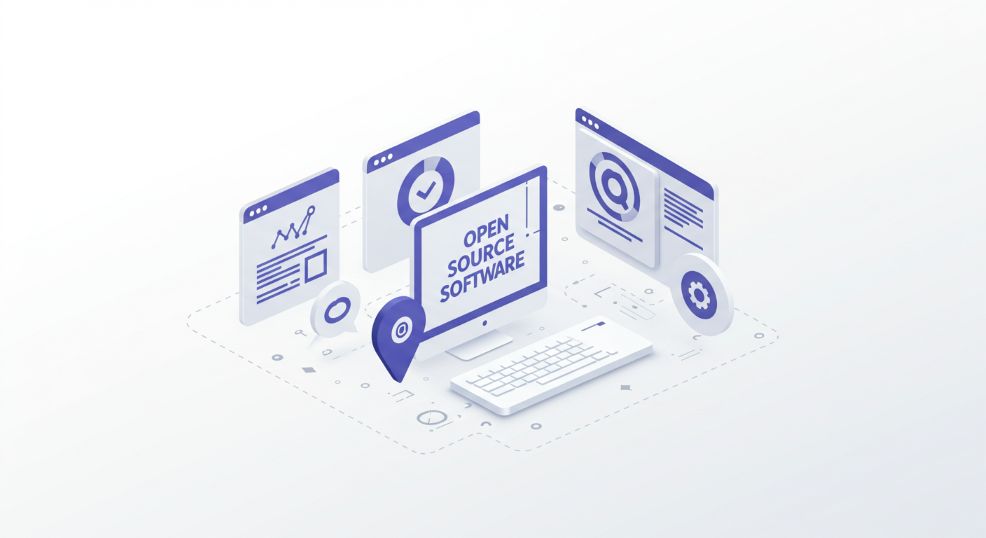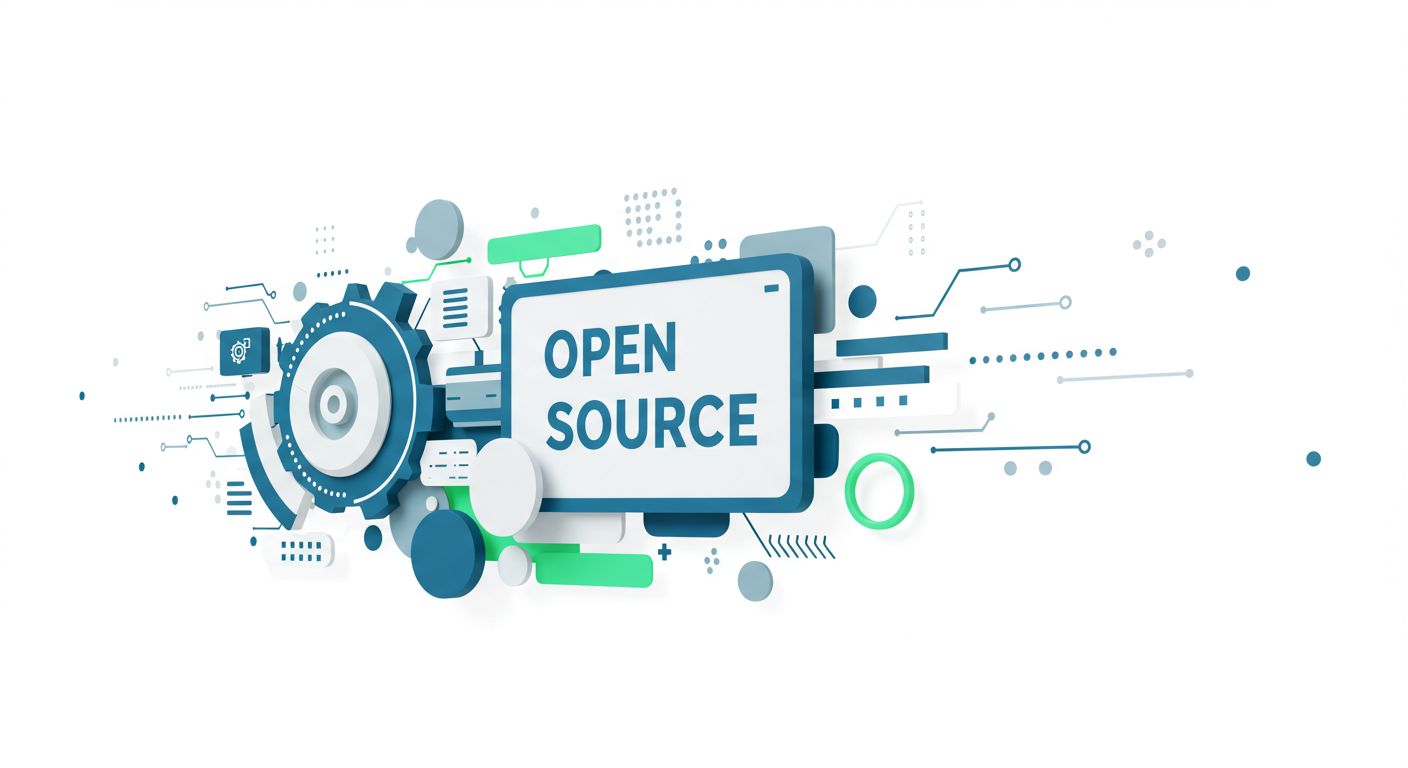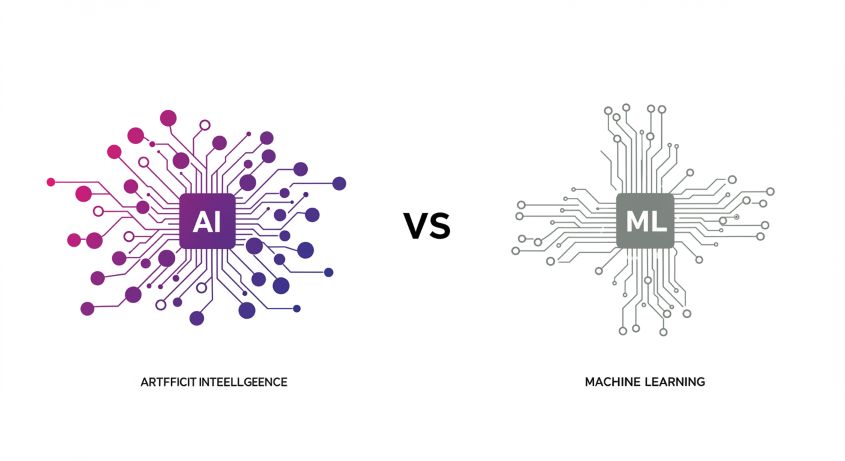Location
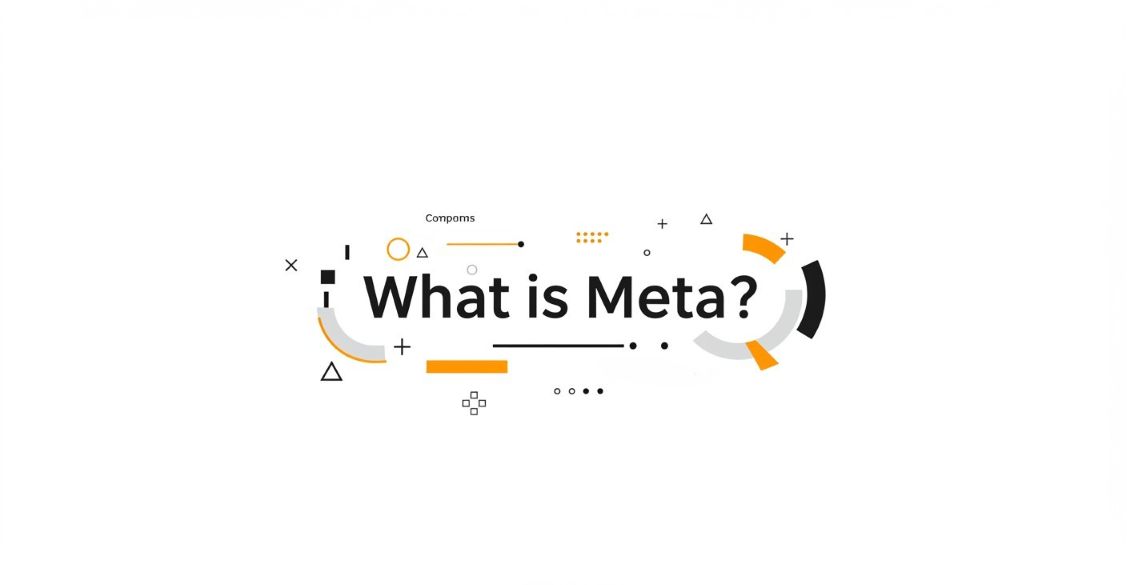
Introduction
In today’s digital age, metadata plays a crucial role in organizing, managing, and understanding data. Although it often operates behind the scenes, metadata is foundational for how we access and interact with information online. This guide aims to demystify metadata for beginners, offering insights into its types, importance, applications, and future.
What Is Metadata?
Metadata can be thought of as “data about data.” It provides essential details about a data set, making it easier to identify, organize, and manage information. For example, the metadata of a photograph might include the date it was taken, the camera used, and even its GPS location.
Metadata is everywhere: in documents, web pages, multimedia files, and even databases. It plays a vital role in ensuring that data is easily searchable and accessible.
Types of Metadata
Metadata can be categorized into three main types:
1. Descriptive Metadata
Descriptive metadata is like a “label” or “tag” for a piece of content. It provides information that helps people find and understand what the content is about. This type of metadata focuses on the content itself and its key characteristics, so you can easily identify or search for it. For example:
- Title: The name of the content, like the title of a book, article, or song.
- Author/Creator: The person or organization responsible for creating the content.
- Keywords: Words or phrases that describe the content’s main topics or themes, helping it show up in searches.
- Abstract/Summary: A brief description or summary of the content’s subject matter.
These types of metadata make it easier for users to locate specific resources through search engines or databases.
2. Structural Metadata
Structural metadata is about how the data or content is organized and how its components relate to each other. It gives you a roadmap of how the content is put together, making it easier to navigate. For example:
- Table of Contents: In a book, the table of contents shows the chapters or sections in order, helping readers know the structure of the material.
- Chapters in a Video: In a video file, structural metadata might indicate where different chapters or segments begin and end, allowing viewers to skip to specific parts.
- File Organization: For digital files, structural metadata can indicate the relationship between different files or directories, helping users understand how files are organized in a system.
In essence, this metadata describes how elements of a resource are arranged, which is essential for navigating large datasets or complex documents.
3. Administrative Metadata
Administrative metadata is about managing the content. It provides critical information that helps with the handling, storage, and rights management of data. This type of metadata is particularly useful for controlling access and tracking usage. For example:
Creation/Modification Dates: Information about when the content was created, last modified, or updated, useful for tracking version histories.
Rights Management: Information about who owns the content and what users are allowed to do with it, like whether it’s copyrighted or freely available.
File Type: Details about the format of the file, such as whether it’s a PDF, Word document, JPEG image, or MP4 video. This helps systems understand how to process the file.
Access Permissions: Who can access the content and under what conditions (e.g., a file might be restricted to certain users or accessible only for a limited time).
Creation/Modification Dates: Information about when the content was created, last modified, or updated, useful for tracking version histories.
The Importance of Metadata
Enhancing Searchability and Discoverability
Metadata improves the ability to find relevant information quickly. In search engines, metadata tags help refine results.
Facilitating Data Management and Preservation
Proper metadata ensures long-term data usability and aids in systematic data storage.
Supporting Data Interoperability and Sharing
Metadata standards allow different systems to understand and exchange data seamlessly.
How Metadata Works
Creation and Usage
Metadata is typically generated manually or automatically. For instance, metadata can be created by software tools when a document is saved or edited.
Relationship Between Data and Metadata
Data is the core content, while metadata provides the context. Together, they ensure information is meaningful and accessible.
Tools and Technologies for Managing Metadata
Modern metadata management tools include:
- XML and JSON schemas
- Metadata management platforms like T1. XML and JSON Schemas
- XML (Extensible Markup Language) and JSON (JavaScript Object Notation) are two widely used formats for storing and transmitting data. Both are essential for organizing and managing metadata, especially in scenarios where structured data needs to be stored in a readable format.
- XML Schema:
- XML is used to define data structures using custom tags, and an XML Schema provides a blueprint for what kind of data can be stored in an XML document. It specifies the rules for the structure of the metadata (such as which elements should be included and their data types).
- For example, an XML schema could define the required fields for a book’s metadata, like
title,author,publication_date, etc., and validate whether the metadata is structured correctly. - XML’s flexibility and extensibility make it a common choice for exchanging metadata across different systems, especially in industries like publishing, libraries, and data management.
- JSON Schema:
- Similar to XML, JSON is a lightweight data-interchange format that’s easy for both humans and machines to read and write. JSON Schema is used to define the structure of JSON data, including what fields are required, their data types, and relationships between them.
- JSON is often preferred for modern web applications because it is simpler and more compact than XML.
- For example, a JSON schema for a product catalog might define fields like
product_name,product_id,price, andavailability. The schema helps ensure that metadata about products is consistently captured and validated.
- Both XML and JSON schemas help manage metadata in a standardized way, ensuring that data is consistent, well-structured, and can be easily exchanged or validated.
- 2. Metadata Management Platforms
- Metadata management platforms provide centralized systems and tools to help organizations handle large volumes of metadata. These tools often come with built-in features for discovery, governance, and security of metadata. Let’s take a closer look at some of these platforms:
- Tableau:
- Tableau is primarily known as a data visualization tool, but it also has robust metadata management capabilities. It allows organizations to track, manage, and organize metadata associated with the data used in reports and dashboards.
- Tableau provides metadata management features such as:
- Metadata Discovery: You can quickly discover what data sources and fields are being used across dashboards, reports, and visualizations.
- Data Lineage: It helps you understand the flow of data from source to destination. This feature tracks the transformation and usage of data throughout its lifecycle, allowing users to understand how different elements of metadata are related.
- Data Governance: Tableau offers tools for controlling who can access specific data and ensuring that metadata is used in a compliant way.
- Alteryx:
- Alteryx is a powerful data analytics platform that also provides robust metadata management tools. It helps automate data workflows, but also includes features for managing metadata throughout the data lifecycle.
- Key features include:
- Data Lineage: Similar to Tableau, Alteryx provides visibility into the flow of data from its raw state to its final output. This helps users trace the lineage of metadata and ensures transparency in data transformations.
- Metadata Cataloging: Alteryx allows users to catalog metadata, making it easier to search and organize metadata from various data sources.
- Data Quality: Alteryx has features for data cleansing and ensuring that metadata is consistent and accurate, which is crucial for reliable data governance.
- Collibra:
- Collibra is a dedicated Data Governance and Metadata Management platform that helps organizations manage, govern, and share their data assets efficiently. It provides a collaborative environment where teams can access and maintain accurate metadata.
- Features include:
- Business Glossary: Collibra allows organizations to define and maintain a business glossary, which includes standardized definitions for metadata elements, ensuring consistency across the organization.
- Data Catalog: A searchable inventory of all the organization’s metadata assets, making it easier to find, manage, and reuse metadata across different projects.
- Metadata Lineage: Provides end-to-end visibility of data flow and transformations, helping organizations track the origins and use of their data.
- Informatica:
- Informatica is another leading data management tool that offers comprehensive Metadata Management features.
- It provides tools for:
- Metadata Discovery: Automatically discovering metadata from various sources (databases, applications, files) and centralizing it for easier access.
- Data Lineage: Mapping and visualizing data flow, so organizations can track the movement of metadata across systems and ensure proper governance.
- Data Quality and Governance: Ensuring that metadata is accurate, consistent, and compliant with standards and regulations.
- 3. Other Metadata Management Tools
- Apache Atlas: Apache Atlas is an open-source project that provides a framework for managing metadata in big data environments. It allows organizations to capture, govern, and share metadata, particularly in Hadoop ecosystems.
- Microsoft Purview: Microsoft Purview (formerly Azure Purview) is a cloud-based metadata management tool that allows organizations to catalog, govern, and manage data across various platforms. It provides comprehensive metadata lineage, data classification, and data governance features, helping organizations maintain control over their data.ableau or Alteryx
Common Applications of Metadata
Libraries and Information Science
Metadata helps catalog and retrieve books, journals, and digital assets.
Digital Media and Content Management
Digital images, videos, and audio files use metadata for sorting and archiving.
Web Development and SEO
Metadata plays a critical role in search engine optimization (SEO), enabling better ranking and visibility.
Challenges in Metadata Management
Issues with Consistency and Standardization
Varying standards across platforms can lead to inefficiencies.
Impact of Evolving Technologies
As technology evolves, metadata standards must adapt to new formats and tools.
Strategies for Overcoming Challenges
- Adopting universal metadata standards
- Regular audits of metadata quality
Best Practices for Creating Metadata
Guidelines for Effective Metadata Creation
- Use clear and consistent terminology.
- Ensure metadata accurately represents the content.
Importance of Using Standardized Formats
Standards like Dublin Core or ISO 19115 ensure metadata’s compatibility across systems.
Tips for Maintaining and Updating Metadata
- Regularly review metadata for accuracy.
- Automate metadata generation where possible.
Future Trends in Metadata
Emerging Technologies and Their Impact
Technologies like AI and blockchain are set to revolutionize metadata management.
Predictions for Evolution
Metadata practices will increasingly focus on privacy, security, and ethical considerations.
Growing Importance in Data Privacy and Security
As data privacy laws tighten, metadata will play a role in ensuring compliance and transparency.
Conclusion
Metadata is more than just technical jargon; it’s a cornerstone of effective information management in the digital world. Understanding its nuances can empower individuals and organizations to make data more accessible, useful, and secure. As technology advances, metadata will continue to evolve, underscoring its significance in the realm of information science.
Explore metadata further and see how it can transform the way you manage and utilize information!

